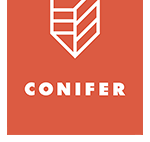
Curiosity May Kill the Cat, But it Doesn't Kill the Project!
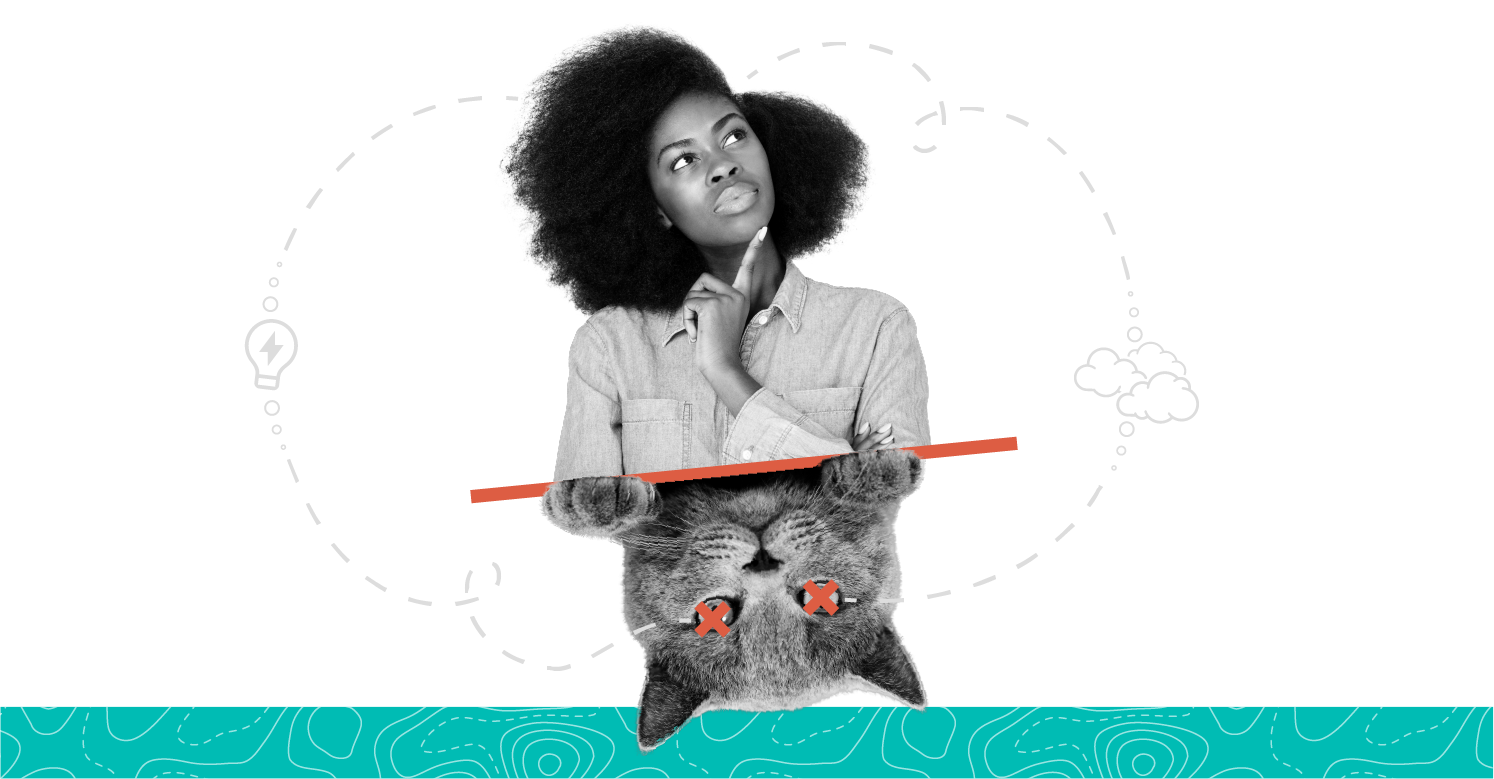
We need to talk about ideation sessions.
The good ones are groundbreaking, inspiring, exhilarating. They drive positive change and innovation across organizations, and they increase buy-in from all stakeholders.
The bad ones? Painful.
As with many things, the dividing line between the good and the bad is a very, very fine line. Yes, you can do a quick Google search and find a bevy of basic ideation tips and tricks - "be generative," "remove judgment," "stand up to get the blood flowing," etc. And those recommendations are not bad. They do, however, generally fail to acknowledge what we consider to be the most important mindset shift to ensure success: CURIOSITY.
Let's imagine for a moment that as we're walking into an ideation session, all of the knowledge we possess is fundamentally a shadow on a wall. This represents all the information, data ideas, and perspectives we have access to at a moment in time.

We've all been looking at parts of this wall up close. We've studied the details and analyzed the geometry. Every once in a while, we get to step back and look at the whole thing. Based on our best data, we can look at this shadow and make an informed guess that it's being cast by a rectangle of some sort. What fits in the box? Maybe a shoebox, or a box of processed cheese-food?
Curiosity, however, asks us to reject our first guesses and assumptions and open our minds further. Curiosity asks us not to state a fact (it’s a black box) but rather to pose new questions and ask "What if?"

WHAT IF…
… What if there's a second wall?
… What if the shape is not a rectangle on that wall?
… What three-dimensional shape could cast a shadow that appears different from different angles?
… COULD IT BE A CYLINDER?

Curiosity is the lifeblood of creativity, and consequently the lifeblood of ideation sessions. Through countless exercises, our team has created a series of prompts that facilitate curiosity. We named them (appropriately) Conifer Curiosity Cards.
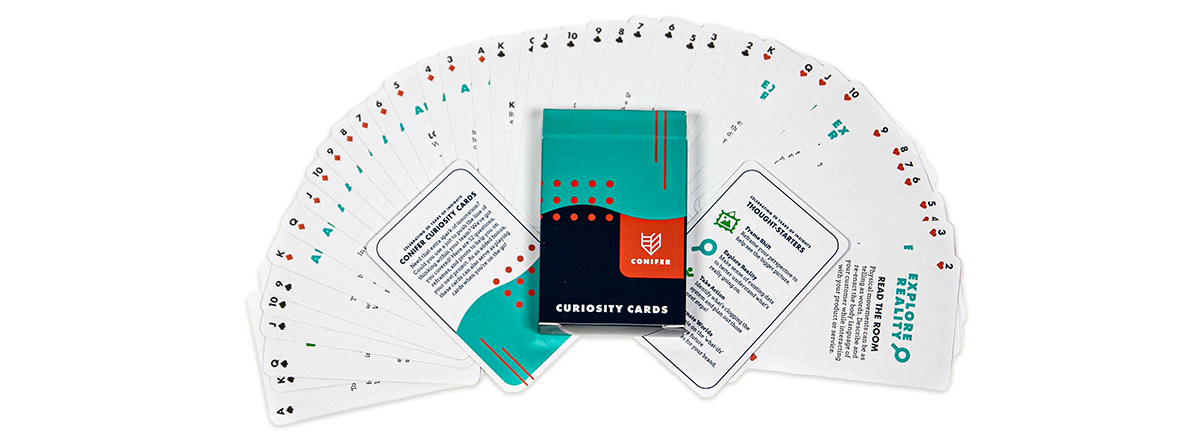
Each deck contains 52 fundamental mindset shifts to help spark curiosity and unpack data in new ways to uncover new meanings. “52!” you exclaim shrewdly… “That’s the same as a standard deck of playing cards!” [We finish that sentence together by saying “standard deck of playing cards” at the same time, and laugh uproariously] It’s true. The Conifer Curiosity Cards, via clever design, also function as traditional playing cards so you can cap off a successful ideation session with a quick low-stakes round of Euchre, Whist, or Hasenpfeffer.
Here are some of our favorite prompts, curated by our own Paul Keck.

The Prompt: Lost In Translation
What happens when something is used wrong? There is the "intended" and "ideal" use, and then there are unforeseen benefits and consequences. Describe the scenarios where your offering might be used "incorrectly." Who is affected, and what happens next?
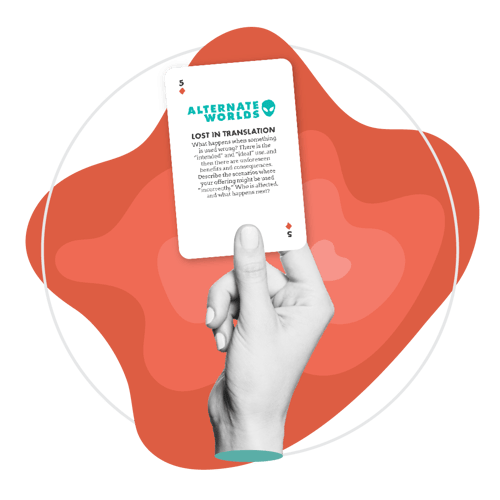
Notes: It can be challenging to place yourself in the customer's shoes when you have the complete picture of how a product or service SHOULD work. However, customers operate under a completely different, more personal, set of rules that can break a system's "intended" or "ideal" use.
By thinking of all the possible ways that a customer could or might do things differently, we develop empathy and can help identify issues. This makes the problems and opportunities (both!) feel more lived-in and can help pull the problems out of the clouds and make them tangible, thus solvable.
The Prompt: Magnetism
Categories can be formed without even knowing it. Take a look at your surroundings - what items are found near your product? How would you describe these items and their relationship with yours? How do these align with your product or brand and how do they differ?
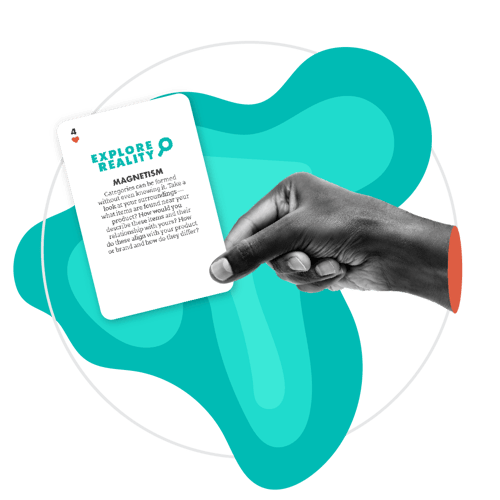 Notes:
Notes:
This is kind of a Sherlock moment: there is typically more information available under close scrutiny than is observable in a passing glance. You may not have a doctor's cane or a pair of sulfur-laden boots as evidence in your particular mystery, but businesses typically have a wealth of information that has merely been Watson-glanced.
It’s common to get stuck being laser focused on your own product or domain in ideation. By paying close attention to the adjacent and parallel information, you may stumble upon new and innovative ideas for new partnerships, competitive cues, new tactics or whole new terrains for your business’ growth.
The Prompt: The Beginning of the End
Many journey maps consist of Enter, Engage, and Exit, but have you considered the critical Entice (attractors that foster anticipation and set expectations before entering) and Extend moments (reminders that keep the user connected to the experience after exiting)? Stick to Conifer's 5E model to make sure you don't miss any of those critical steps.
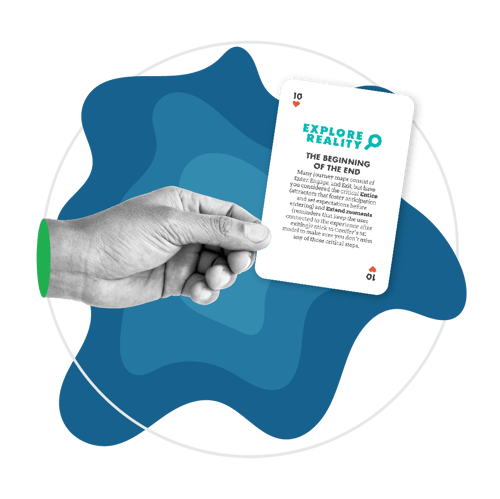
Notes:
Most of the experiences in life are cyclical. The 5E Framework provides a unique structure for ideation designed to ensure teams don’t forget key moments of attraction and influence in the product cycle. We’ve seen many a-ha moments come simply through identifying new ways to influence critical moments before and after a product engagement.
Enticement is where expectations are created and solidified: if we don’t begin influencing and designing for the expectations being set before users engage with our products, we may fail to meet them. Extension is a product’s staying power and influences, retention, repeated use, word of mouth, or NPS (Net Promoter Score), and even drives the development of brand equity. If your ideation is driven on developing habits, rituals or social cache and momentum, focusing your curiosity into these key moments will yield ideas for new product marketing and engagement tactics and strategies every time.
The Prompt: Baby Steps
Taking action – any action - can help build momentum for your project. Think about the lowest hanging fruit: what is the smallest, intentional step that you can take now? How can you get that done as soon as possible?
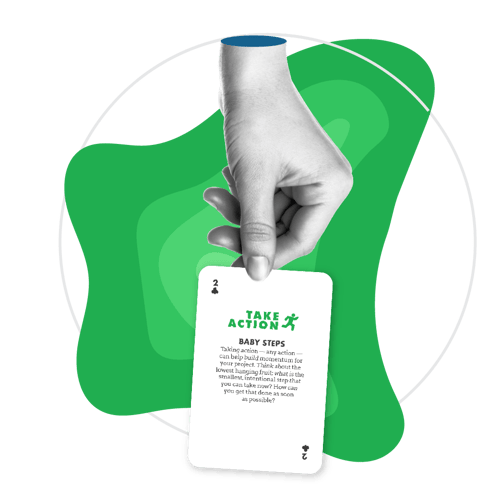
Notes:
It's very easy to get overwhelmed by looking at the big picture, especially if your ideation session yields hundreds of ideas or the resulting directions seem like an impossibly big lift. Taking the “Baby Steps” approach is more than just a checklist, and more than just next steps. This prompt asks "what are the behaviors we need to start changing first?"
Looking toward the end result, we can begin to break down small things that really affect and influence change over time. This helps demystify next steps, and break them down as more approachable, attainable movements. And once you’ve mastered your Baby Steps, you can move onto “Steps”, “Stretches”, and “Leaps.”
The Prompt: Opposite Day
Shift your perspective 180 degrees. What is the opposite of the leading solution? How would this affect the customer experience? Can you borrow anything from the opposite experiences to enhance your own?
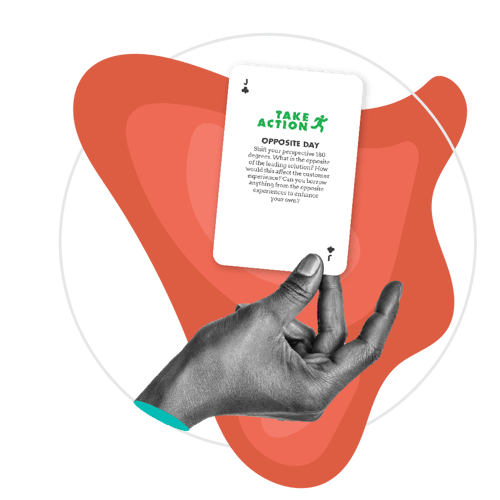
Notes:
This prompt is also helpful in bringing new energy into a session. Using reverse logic, you can challenge the lightweight orthodoxies that can emerge even in short sessions - little sprints of antagonizing theories. What kinds of decisions would we make differently if our goal was the opposite? By looking at what should not be done, it's often possible to infer what should be done.
A classic favorite opposite pivot when people are in a negative mindset of “we can’t” is to ask “Why isn’t it worse?” Opposites help achieve a frame shift in thinking and can help cajole people out of their typical system-1 thought patterns. The activity also adds a playful, improv-driven twist to a meeting that intentionally engages the creative side of the brain.
Bonus Lightning Round of solid anchors to help you along the way:
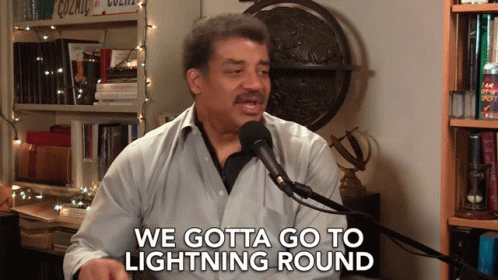
“Less Precious”
Throw your preciousness out the window. You don't need it (and Smeagol has been asking us “What does it have in its pocketses?”)
“Beg, Borrow, Steal”
In innovation you quickly learn that no ideas are truly new and novel. This is your permission slip to beg, borrow ideas, frameworks, metaphors or look to parallel industries or business cases for a spark. Your solution may already exist, and that’s an opportunity.
“Bullseye”
Abstract ideas are difficult to un-abstract - make them visual so you can throw darts at them, maybe even literally. And yes, this is why Conifer has a dart board in our office.
“Pardon my French”
Pay attention to the language being used by different stakeholders. Different people have different definitions of things. Take the time to ensure clarity on what's actually being discussed.
Want more curiosity prompts?

